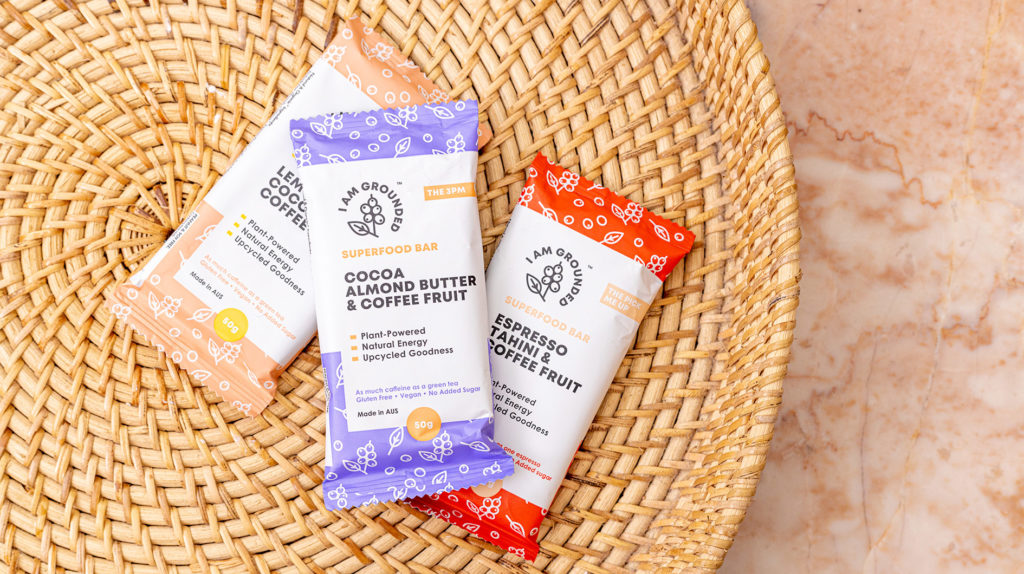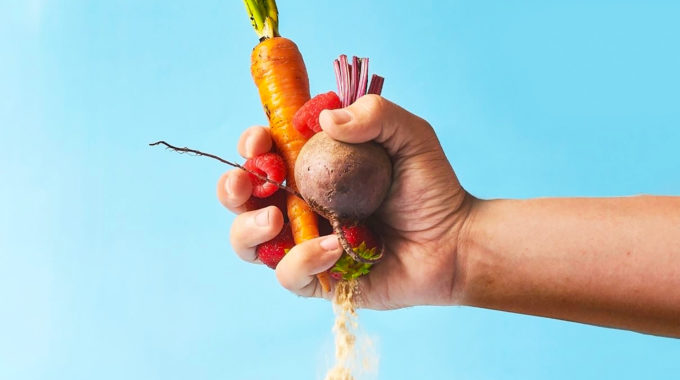Upcycling: less waste, more food
Food waste continues to be a problem, both here in Australia and around the world. While encouraging households and retailers to cut back on how much food they waste is a step in the right direction, there are still millions of tonnes of food going to waste before it even reaches our supermarkets or our homes. Of course, the best way to stop food from going to waste is to stop it from happening in the first place, but this isn’t always possible. However, there is a potential solution that’s gaining ground: upcycling.
Upcycling food involves creating new, high-value products out of surplus food. While the term itself might be new, the concept of upcycling has been around for hundreds of years. Before we had refrigeration, packaging and 24/7 supermarkets, humans would upcycle surplus food to ensure they had enough to eat during lean times. Methods such as fermentation, pickling, curing, drying and smoking could preserve food for months, and provide nutritious, delicious food items that made the most of every morsel.
Today, most of us have more than enough food at our disposal. Australian households now throw out about 20 percent of all the food they buy. But we can’t exactly rifle through everyone’s garbage bins to find foods worth upcycling. Instead, a growing number of Aussie businesses are upcycling food waste that’s generated at the point of production.

Spilling the beans
The world loves coffee. We drink an estimated three billion cups of it every day. But this massive demand results in around 20 billion kilos of coffee fruit waste each year. One pioneering Aussie couple has found a way to create systemic change in the coffee industry by adding value to the fruit. I Am Grounded produces nutritious plant-based snack bars that are made by upcycling the natural by-product of the coffee cherry.
“Because coffee cherries are only harvested for their seeds, the remaining fruit just gets thrown away,” says I Am Grounded co-founder Vanessa Murillo. “There are 25 million coffee farmers around the world. And they tend to be smallholders. So there’s a huge opportunity for these farmers to create a new income stream by using that by-product.”
Considering that almost half of all smallholder coffee farmers are living in poverty, creating new opportunities through upcycling the whole fruit could potentially help to bring about real social and economic change in our coffee-producing regions.
“In the future, as we scale and grow, we want to help these farmers create their own commercialisation of the product, through their own markets,” Murillo says.

All the good stuff
Here at home, upcycling food waste can also have a positive impact. Only seven percent of Australian adults and five percent of children are currently eating the recommended five serves of vegetables a day. At the same time, around twenty percent of all vegetables grown in Australia are wasted before even hitting retail shelves. Nutri V, a food manufacturing company formed by vegetable grower Fresh Select and the CSIRO, is working to develop nutritious products from vegetables that might otherwise be thrown out. This can not only improve people’s diets; it can also pioneer new sustainable farming practices.
The business aims to produce a range of value-added ingredients from Australian-grown vegies. This will include nutrient-rich powders and purées for use in a variety of applications, such as food products and supplements. Utilising the entire crop, such as “ugly” vegetables, stems and leaves, will also minimise waste.

Forbidden fruit
Sometimes upcycling can not only save on waste; it can also help to save a family farm. The Fawdon family has been growing stone fruit at their property in Stanthorpe, Qld, since the 1990s. But years of drought and a changing climate had left the family at breaking point.
The Fawdons decided to diversify. They were preparing to rip out their remaining fruit trees to make way for oregano and other hardier plants. But Ellen, who loved to experiment with preserving, decided to make some infused vinegars using fruit from the two varieties that were still producing despite everything – Black Amber plums and Sweet Golden apricots. The family realised they were onto something special, and created Budburst Australia.

Hitting the sweet spot
“Because it’s been so wet this year, we couldn’t sell the fruit anyway,” says Justin Fawdon, who runs the property with his wife Ellen. “It was cracked. It was split. There were red marks on it. It was actually worse this year than in the height of the drought.”
Instead, the Fawdons put all their fruit into vats to infuse with locally produced vinegar. The result is a delicious tonic that you can use as a salad dressing or to pickle and preserve, or simply add it to water for a refreshing drink. It can also be used to make “shrubs”. These are sweet syrups or cordials made with macerated fruit, sugar and vinegar. Once a common way to flavour and purify water, shrubs died out when refrigeration came along. But in the last decade or so, they’ve resurfaced as a popular addition to cocktails.
“Older generations remember their parents or grandparents drinking vinegar in water after a hard day’s work for the natural electrolytes,” Ellen says. “But we’re seeing an increase in the younger crowd now, thanks to recent knowledge about the gut health benefits.”

Drink to your health
Many other enterprising farming families and businesses are finding new ways to make the most of perfectly good food, upcycling it into a range of nutritious products. The Savio family, a third-generation apple-growing family in Queensland, has created Upple – an apple in a bottle. Upple is made from apples unfit for retail, omitting only the core and pips. Using the whole apple means Upple retains all of the fibre, antioxidants and other nutrients of the fruit. This makes it a healthy, filling snack that you can drink.
When farmers can’t sell their fresh produce whole, they often sell it to juice manufacturers. Fruit and vegies naturally contain water; when they’re pressed to extract their juices, they also produce a large volume of water. Previously, this by-product wasn’t usable, but Mildura-based company AquaBotanical has developed a way to filter and mineralise it. The process can be applied to any fruit or vegetable. It could also be a game-changer for third world countries, where water may not be drinkable because it’s contaminated.

Fishing for solutions
Waste is also a huge problem in our seafood industry. The Australian fishing industry generates more than 20,000 tonnes of seafood processing waste every year, according to estimates. To help address this, Aussie start-up Seaweedery and Me has been working with Austral Fisheries as part of the seafoodforgood program. The aim is to transform seafood processing waste into prawn oils and seafood sauces.
On the retail side, Harris Farm Markets has launched Re-Purposeful Picks. The range is made from upcycling perishable foods into premium products with a longer shelf life. Perfectly good unsold fruit is used to make smoothies. Old sourdough bread is turned into breadcrumbs. Unsold vegies are used to make salsas, pizza toppings and chips.
Our population continues to grow at a rapid rate. Climate change also threatens to irrevocably alter our food-producing landscapes. In the future, if we’re to produce enough food for everyone using our limited resources, it’s essential that our food supply chains innovate. Upcycling could well be the answer. Not only does it reduce food waste – which contributes to almost 10 percent of global greenhouse gas emissions – it can help us to once again value every morsel of food that we have at our disposal.









